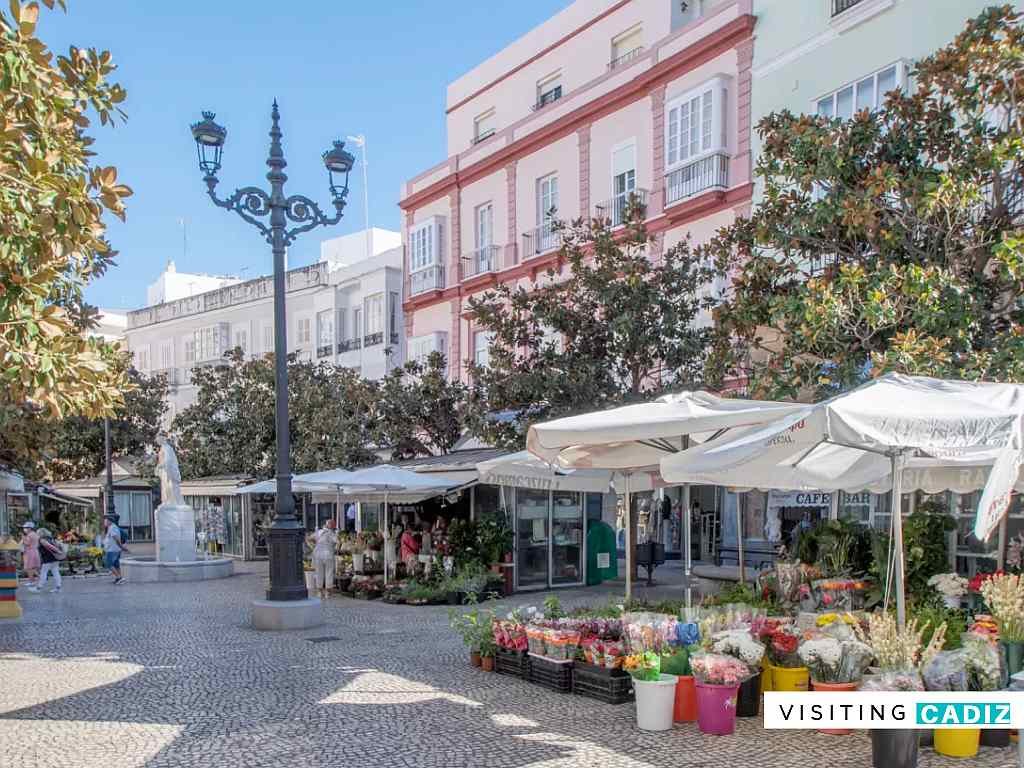The city of Cádiz is reasonably compact. From arriving and discovering the Puerta de Tierra, the Torre Tavira and the Cathedral you will also find that most of the famous and popular monuments and museums are easily within reach. So, here’s Cádiz – A brief tour of the city.
Parking
Parking in Cádiz can be a bit complicated sometimes so check out our dedicated article to help you find a place to park. Or, just head straight to Parkimeter! 🙂






